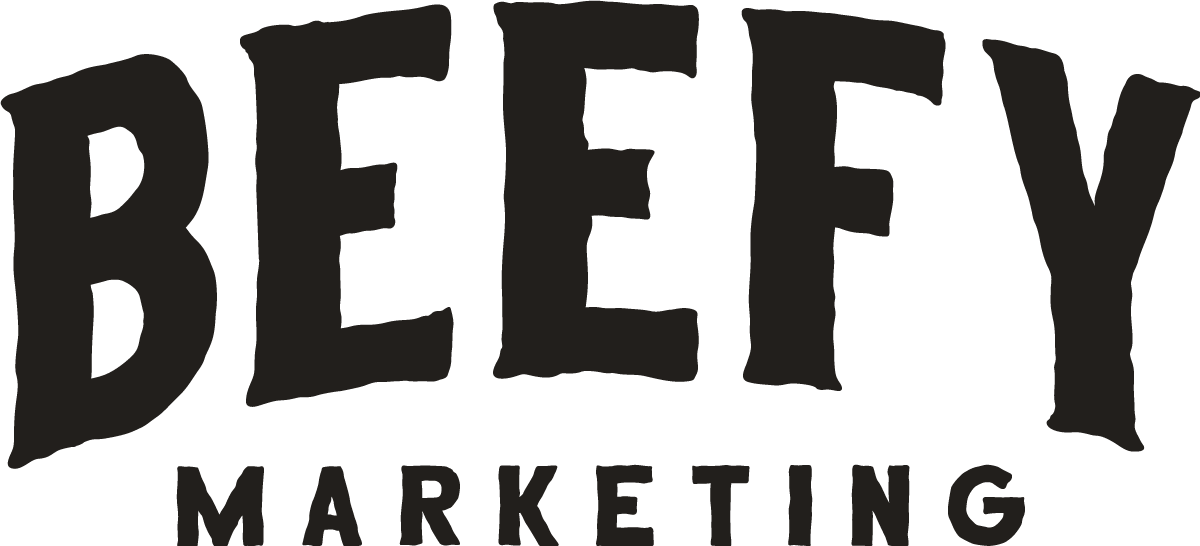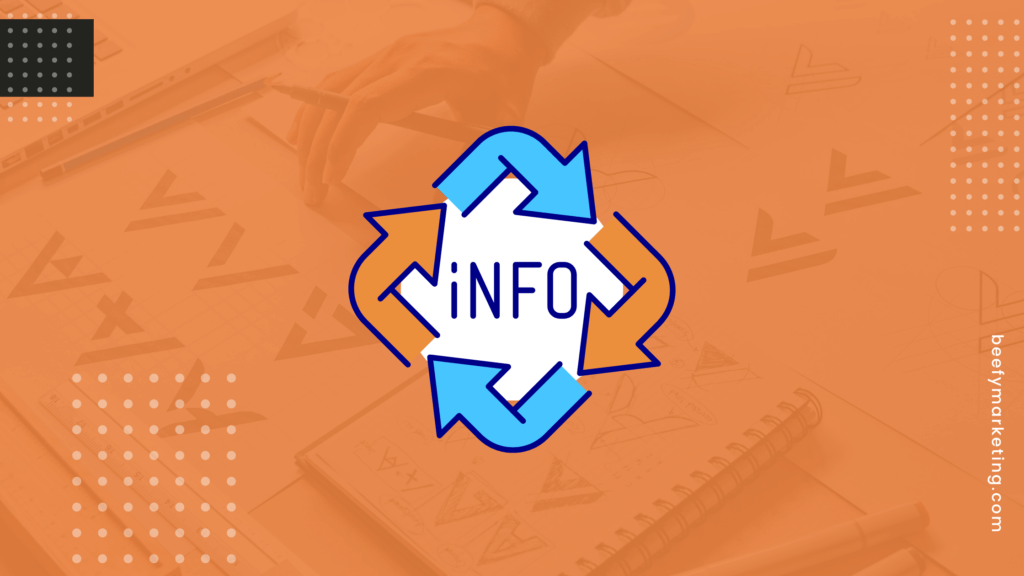Graphic design in print media plays an integral role in communicating and expressing ideas through visual media. It has become a crucial component of how individuals engage with one another and with markets, companies, and organizations.
Graphic design is a creative process that blends art and technology. From magazines and newspapers to billboards, book covers, and flyers, graphic design is everywhere. It visually represents ideas and concepts to convey information and influence the viewer’s opinion.
This article will discuss the different aspects of graphic design in print media and how it helps to deliver a message.
Catching the Eye of the Reader
Graphic design elements such as color, typography, and images create visual interest and attract the reader’s attention. A well-designed cover or page layout can significantly affect whether a reader picks up a publication. Graphic design can also create a visual hierarchy that guides the reader’s eye through the content, making it easier to read and understand.
Creating a Brand Identity
Logos, color schemes, and typography create a consistent visual language readers can associate with a particular publication or brand. A strong brand identity can help build loyalty and trust with readers, making them more likely to continue reading and purchasing the magazine.
Enhancing Readability
Graphic design can enhance print media’s readability by creating a hierarchy of information, using appropriate typography, and breaking up text with images and other visual elements. A well-designed layout can make it easier for readers to navigate the content, find what they’re looking for, and understand the message.
Communicating Information
Infographics, charts, and diagrams can convey complex information in a way that is easy to understand. Graphic designers can incorporate visual elements that can reinforce the message described in the text, making it more memorable and impactful.
Establishing an Emotional Connection
Graphic design can be used to create an emotional connection with the reader. Color, imagery, and typography can create a mood or evoke a particular emotion in the reader. For example, a publication aimed at children might use bright colors and playful imagery to develop a sense of fun and excitement.
In contrast, a magazine aimed at adults might use more subdued colors and sophisticated typography to create a sense of elegance and sophistication.
Connecting the Physical and Digital Worlds
QR codes, augmented reality, and other digital elements can be incorporated into print media to create an interactive experience for the reader. This helps bridge the gap between print and digital media, making it easier for readers to access additional information and engage with the publication in new and exciting ways.
By using typography, color, imagery, and layout, graphic design can enhance a printed piece’s look and feel. It can help create a sense of professionalism, credibility, and trustworthiness while making a statement.
Moreover, graphic design services are a great way to improve your business’s overall look and feel. Utilizing the many resources available allows you to create a unique and compelling visual identity that resonates with your target audience. Graphic design services can help you create a strong, unified brand image and stand out in your industry.
Ready to take your business to the next level with graphic design services? Look no further than Beefy Marketing. Our fully managed branding and marketing services, expert resources, and community of small business owners are here to help you achieve your online goals. Contact us today to learn more!


